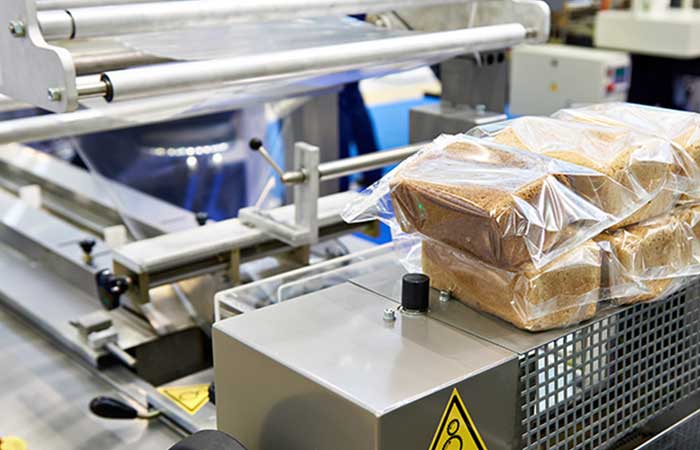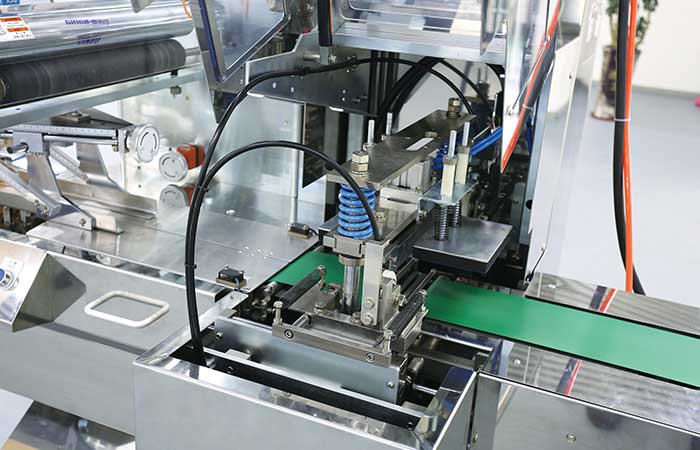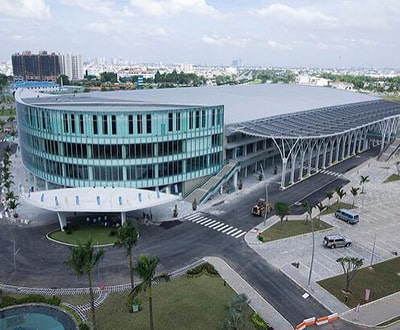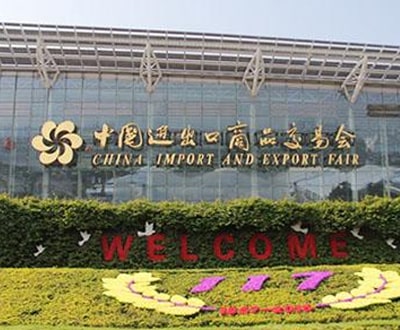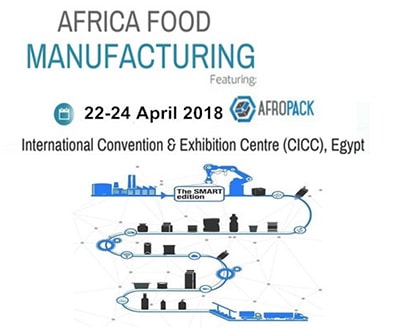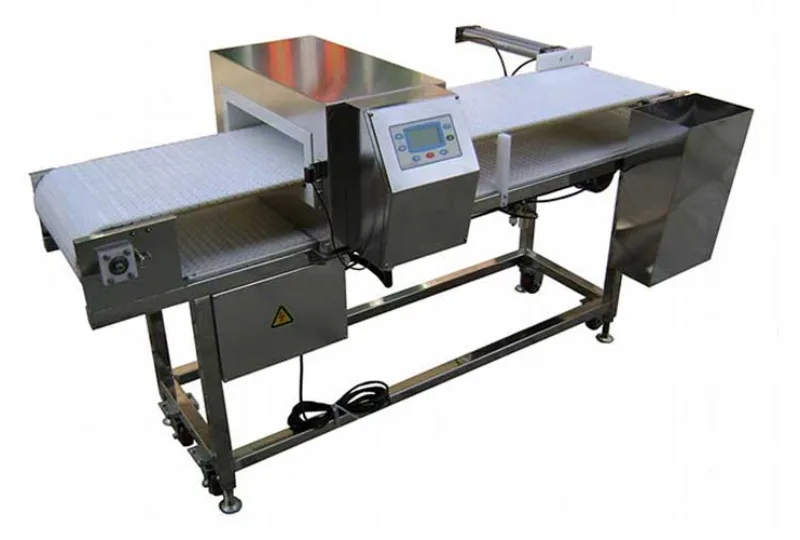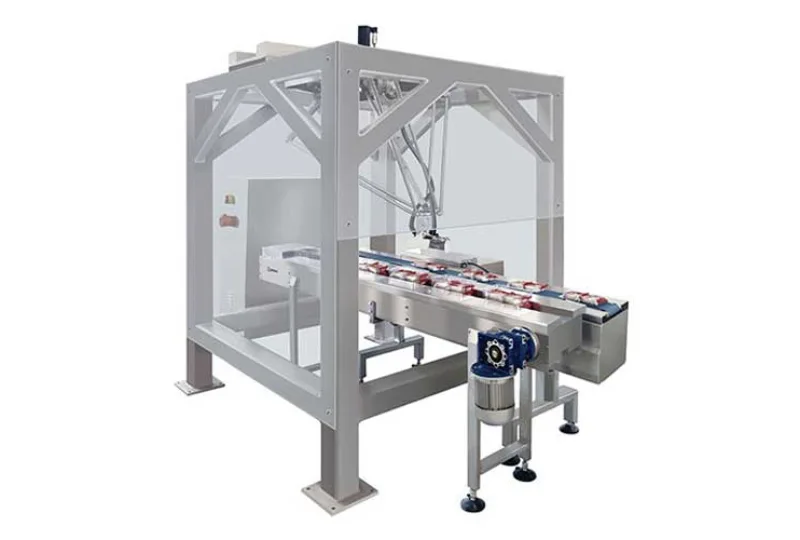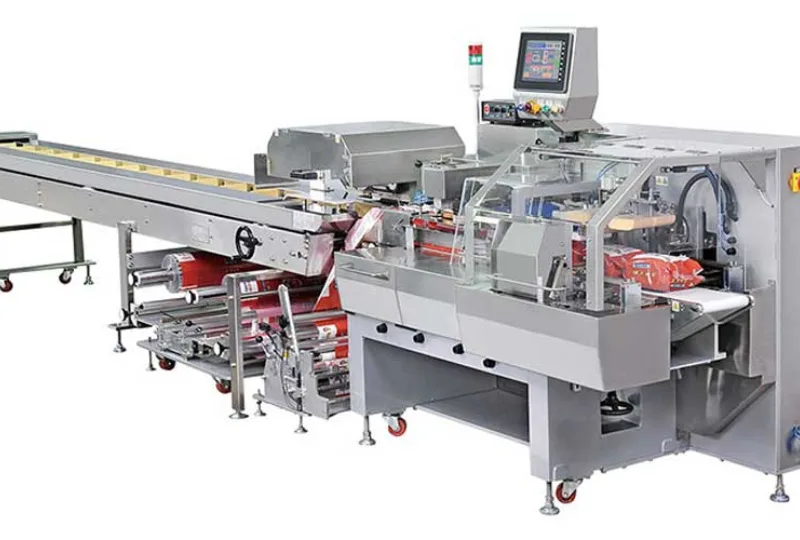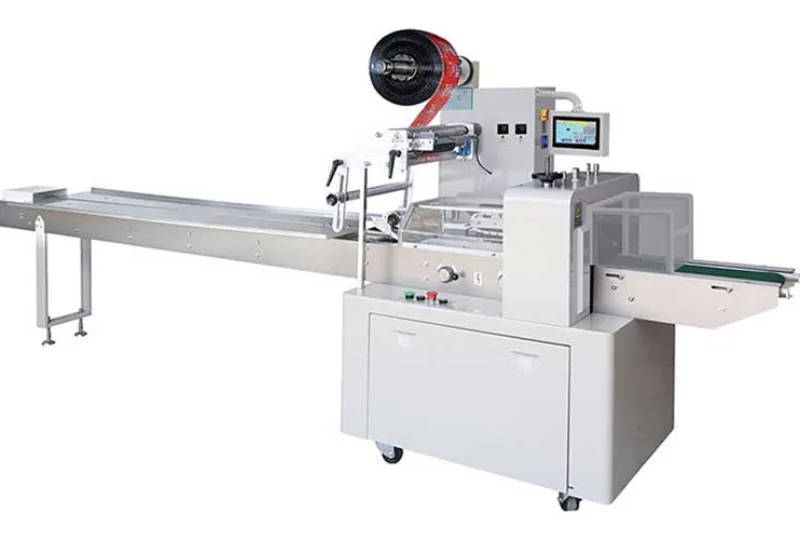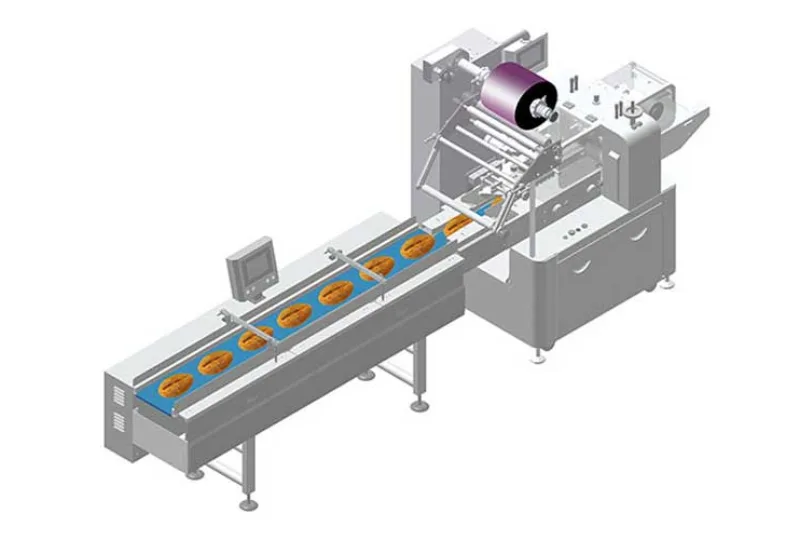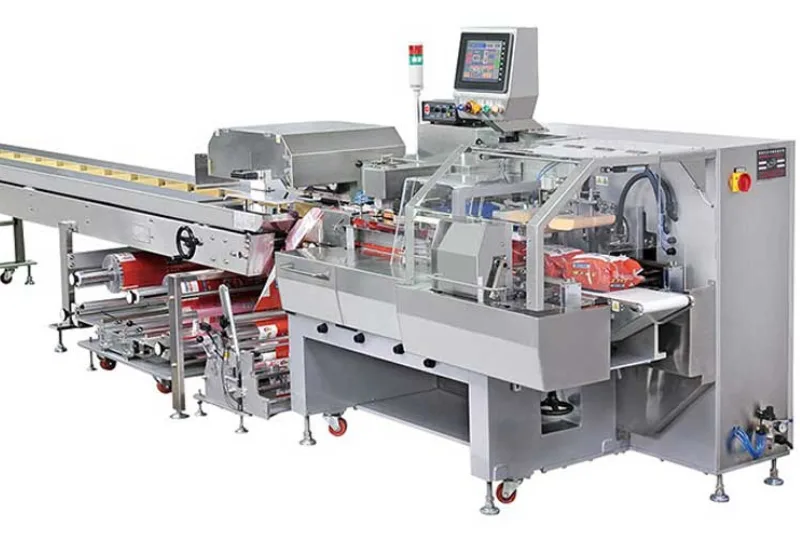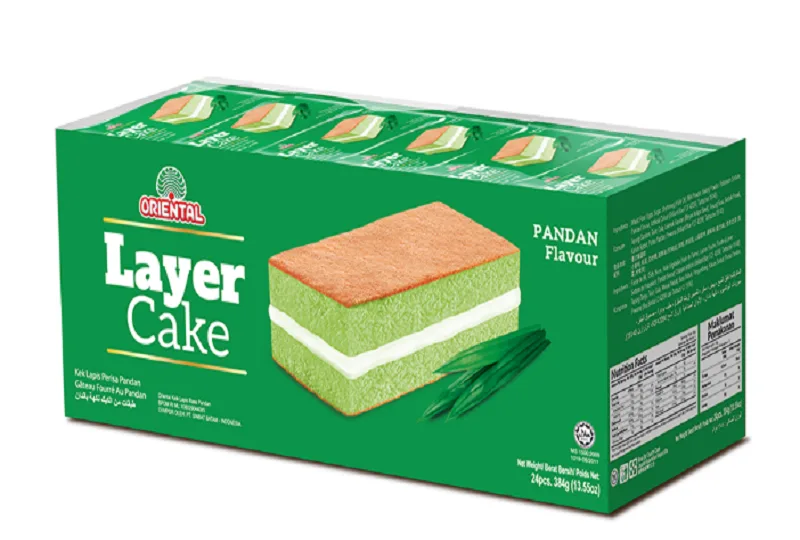Revolutionizing End of Line Packaging: Innovative Solutions for Modern Businesses
The Impact of Automated End of Line Packaging Systems on Manufacturing Efficiency
End of line packaging systems are essential in streamlining the final stages of production for various industries. From food and beverage to pharmaceuticals, the effectiveness of these systems can determine the overall efficiency of a manufacturing plant.
In the past, manual packaging processes were prevalent, leading to errors, wasted time, and increased costs. However, with the introduction of automated end of line packaging systems, businesses have seen significant improvements in throughput and quality.
One of the key benefits of automated packaging systems is their ability to handle high volumes of products with precision and speed. By incorporating robotics and advanced technology, these systems can package goods efficiently while maintaining consistency.
Moreover, automated end of line packaging systems offer greater flexibility, allowing manufacturers to adapt to changing production requirements more easily. This agility is crucial in today’s dynamic market environment where consumer preferences and demand patterns can shift rapidly.
The Role of Sustainability in End of Line Packaging
Aside from efficiency gains, modern end of line packaging systems also contribute to sustainability initiatives. With the growing emphasis on eco-friendly practices, businesses are seeking ways to reduce waste and minimize their environmental footprint.
Automated packaging systems play a crucial role in this aspect by optimizing material usage and ensuring minimal product damages during the packaging process. By reducing packaging waste and improving overall efficiency, businesses can lower their carbon footprint and appeal to environmentally conscious consumers.
Challenges and Future Trends in End of Line Packaging
Despite the numerous advantages of automated end of line packaging systems, challenges remain, particularly in terms of implementation costs and system complexities. Small and medium-sized enterprises may find it daunting to invest in these systems initially.
However, as technology continues to evolve, the cost of automated packaging systems is gradually becoming more affordable, enabling a wider range of businesses to adopt these solutions. Furthermore, advancements in machine learning and artificial intelligence are expected to enhance the capabilities of end of line packaging systems, making them even more efficient and adaptable.
Conclusion
End of line packaging systems are undoubtedly transforming the way businesses package their products, offering a combination of efficiency, sustainability, and future scalability. As industries strive to meet consumer demands and reduce their environmental impact, embracing automated packaging solutions will be key to staying competitive in the market.
-
01
Reliable Food Packaging Solutions with China Bread, Candy, and Biscuit Machines
11-10-2025 -
02
High-Performance Automated Food Packaging Equipment for Modern Production
11-10-2025 -
03
Reliable Pillow Packing Machines for Efficient Packaging Operations
11-10-2025 -
04
Advanced Fully Automatic Packaging Solutions for Efficient Production
11-10-2025 -
05
Efficient Automatic Food Packaging Solutions for Modern Production
11-10-2025 -
06
Advanced Automatic Packaging Equipment for Efficient Production
11-10-2025 -
07
China Bread Sealing Machine and Packaging Solutions
26-09-2025 -
08
Food Packing Machine Manufacturer: Innovative Solutions for Modern Food Packaging
26-09-2025 -
09
Pillow Packing Machine Factory: Reliable Solutions for Efficient Packaging
26-09-2025 -
10
Streamlining Food Packaging with Automatic Machines and Palletizers
16-09-2025



